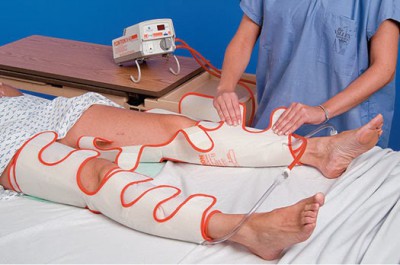


Video can’t be loaded because JavaScript is disabled: Lymphoedema Management at Home () This is significant when considering that lymphatic structures may be damaged if pressures applied in therapy are too high. One study demonstrated significant differences in the pressure applied by two different compression pump systems, despite identical pressures being set. Studies on these old style pumps can often unfairly portray compression pumps in terms of their effectiveness for lymphedema.įor example, it is commonplace that in studies looking at the efficacy of such ‘simple pump’ devices, there is often no mention of the type of pump used.Īlso the more traditional pumps tended to apply pressure way in excess of the pressure indicated in the device’s settings. However, the problems in the past with such pumps can often be attributed to the old style “squeeze and hold” pumps. There have been reports in the past that such devices can force excess fluids into the surrounding tissues, therefore creating more problems. If used correctly, these devices are generally recommended as safe to use with lymphedema. Are Compression Devices Safe To Use For Lymphedema? You should ideally always speak to your doctor or lymphedema therapist before using such a machine. However there are also situations when you should not use such pumps, which we will discuss below. However every person is different, so always seek advice from your lymphedema therapist first. Also you will likely struggle to find compression pump sleeves which will fit the affected area of the body. Permanent changes to the affected body area will have taken place at this point. Stage 3 – There will likely be little benefit to using such devices. Stage 2 – You may see benefits from these devices, however this will need to be done in conjunction with other steps as discussed. Stages 0 to 1 – You will stand a better chance of seeing positive results from such devices. The more advanced your lymphedema is however, the likelihood is the you will see less and less results from such devices. Other studies also demonstrated that continuing with the pump therapy, and supporting this by wearing a pressure/compression garment afterwards, was a beneficial approach in maintaining initial swelling reductions.Įffectiveness of compression pumps used on the various stages of lymphdema has not been studied in any great detail.
SEQUENTIAL COMPRESSION DEVICE FOR LEGS MANUAL
These include manual lymphatic drainage, compression garments, and self massage. This can be done by a therapist, a caregiver, or the person.Īlso, it has been observed in studies that better results in swelling reduction were achieved when the compression pump was combined with other therapies. Lymphedema pumps work great when used correctly, and in conjunction with other approaches.įirstly, it is recommended that manual lymph drainage is performed first to prepare the lymphatic system to receive the lymph fluid. The body can then process the fluid normally. In the case of someone experiencing lymphedema, this is used to move the lymph fluid from the affected limb, with the aim of reducing swelling.įor example in lower limb lymphedema such a device can be used to move the fluid back up to the functioning lymph nodes located in the groin. The chambers then deflate, and can be set to inflate/deflate at different intervals and patterns, hence the name intermittent pneumatic compression. The device has sleeves containing several chambers, which inflate to apply pressure to the limb the device is fitted to. What Are Sequential Compression Devices For Lymphedema?Ī sequential compression device for lymphedema is used to deliver intermittent pneumatic compression (IPC). Hopefully this will leave you better informed before deciding on this type of treatment for lymphedema. In this article we will take a closer look at the evidence for using compression pumps (aka sequential compression devices) for lymphedema. The use of compression pumps for lymphedema has a long history.Īnd depending on who you ask, you will get differing opinions on whether these pumps are good or bad for lymphedema.


 0 kommentar(er)
0 kommentar(er)
